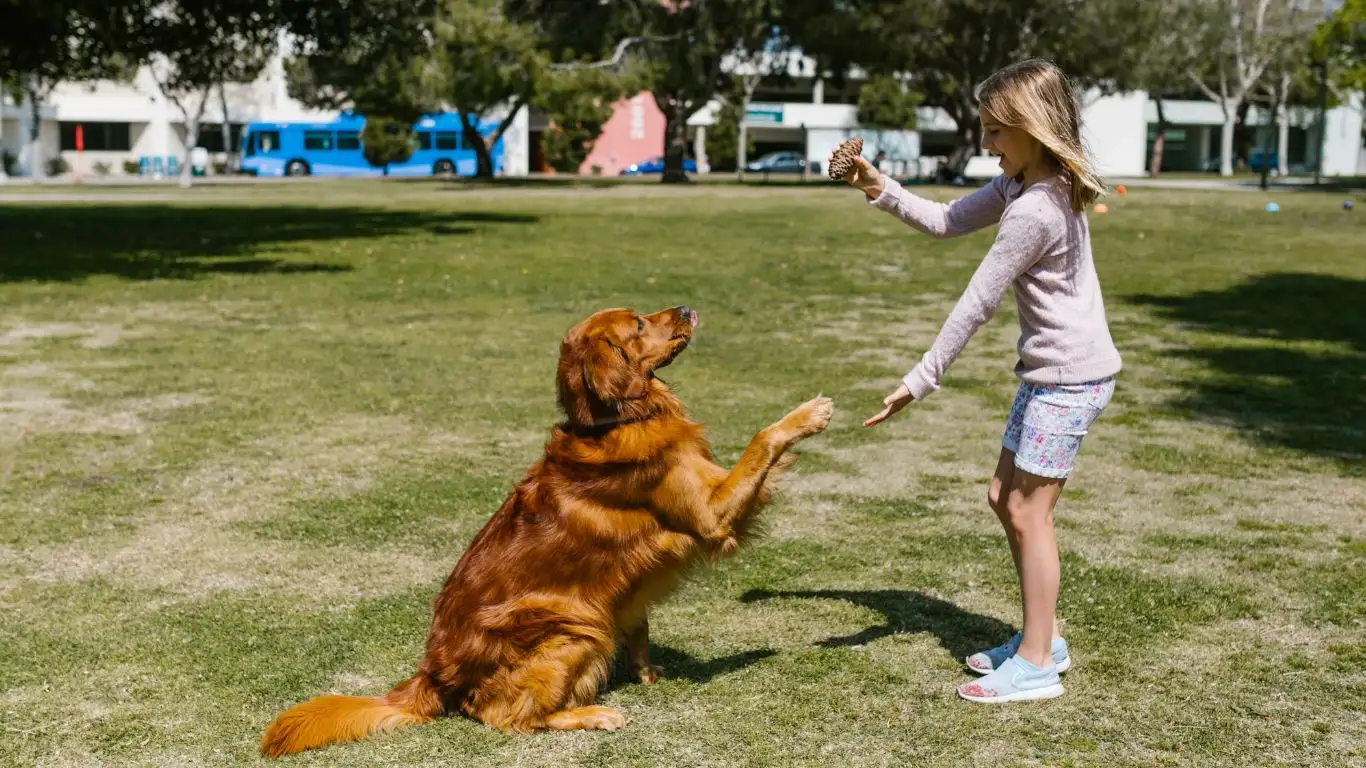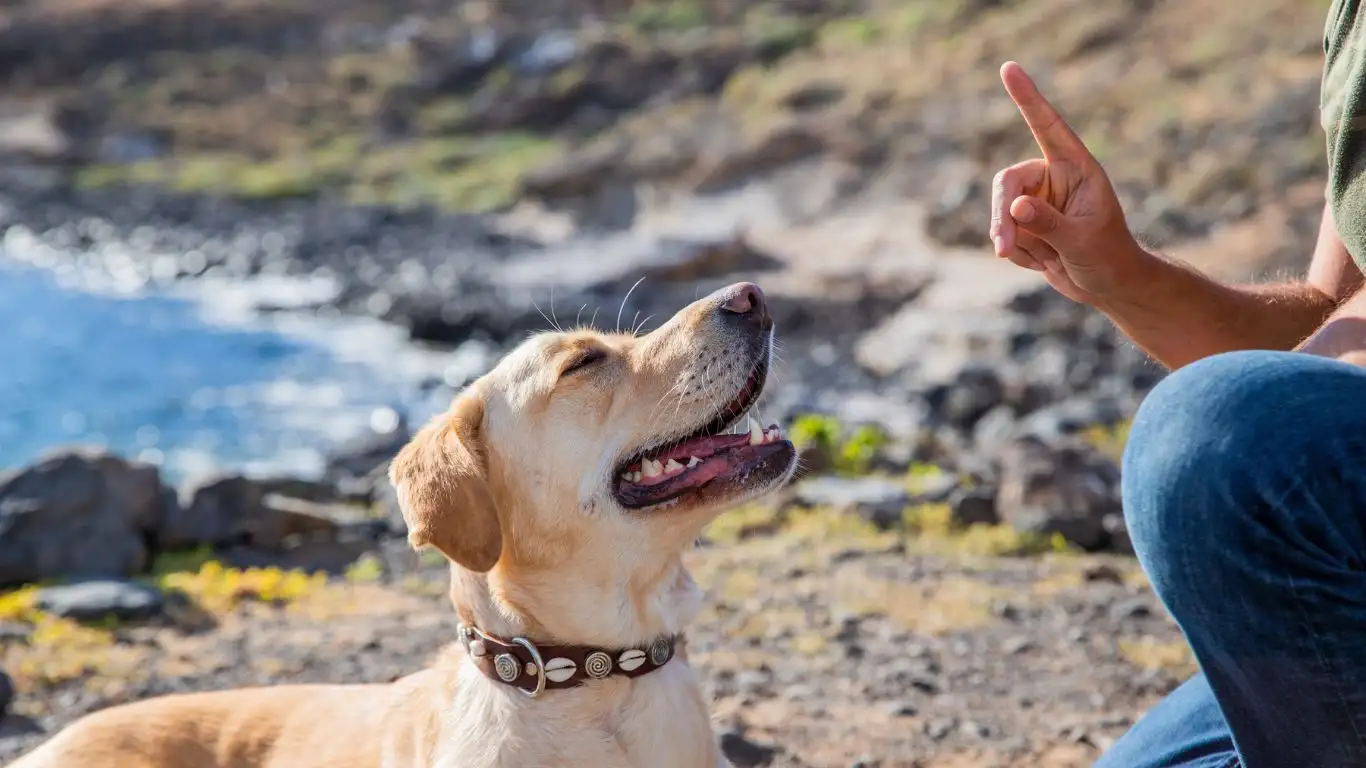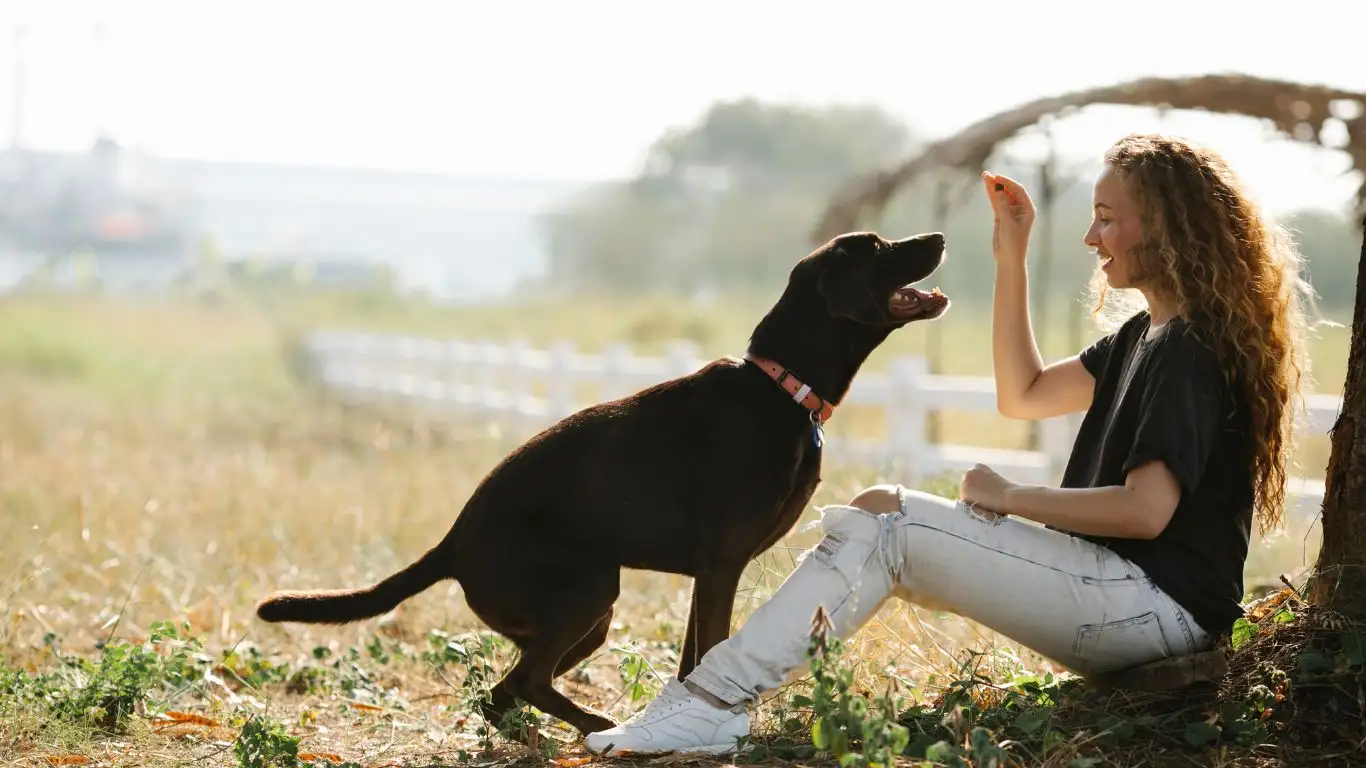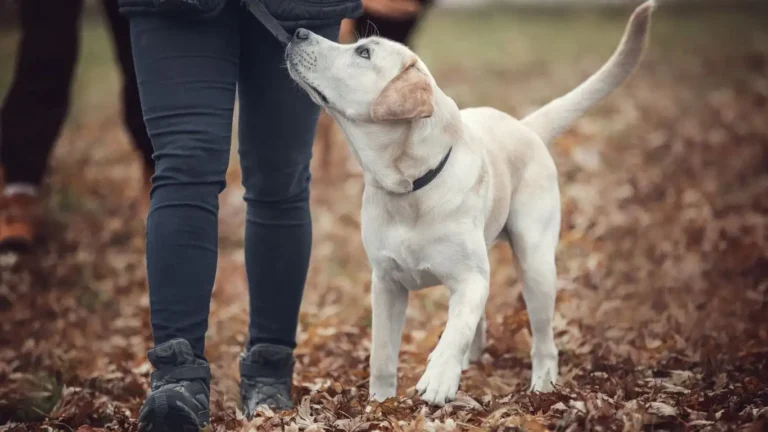Proven Tips to Train Your Dog to Walk Safely on Icy Surfaces
If you’ve ever tried taking your dog out for a walk on an icy winter morning, you know it can be a bit tricky. Slippery surfaces aren’t just a hassle for us—they’re a challenge for our furry friends too. Knowing how to train a dog to walk on icy surfaces safely is essential, especially if you live in colder climates where snow and ice stick around for months. As a Canine-Assisted Therapy Trainer, I’ve worked with all kinds of dogs navigating tricky terrain, and trust me, with the right approach, you can help your pup stay confident and steady no matter the weather. In this post, I’ll share practical tips and insights from my experience to make those winter walks smoother for both you and your four-legged buddy.
Understanding the Challenge: Why Ice is Difficult for Dogs
Before jumping into training techniques, it’s important to understand why icy surfaces pose a problem for dogs. Unlike humans, dogs have paws covered in fur and pads that can lose traction easily. Ice is slick and unpredictable, and for many dogs, the feeling of slipping or sliding is scary. This can cause anxiety and hesitation during walks, leading to stiffness or even injuries.
One thing I’ve noticed over years of training is that some dogs freeze up or try to avoid walking altogether on ice. Others try to compensate by walking awkwardly, which can strain their muscles and joints. Knowing this, our goal isn’t just about getting from point A to B; it’s about building your dog’s confidence and helping them develop safe, effective ways to walk on slippery surfaces.
The Role of Confidence in Training Your Dog on Ice
Dogs are incredibly sensitive to how we feel, so if you’re nervous about icy walks, your pup will pick up on it. From my experience, one of the biggest factors in successfully teaching dogs to walk on ice is boosting their confidence step-by-step. This means breaking down the experience into small, manageable moments that don’t overwhelm your dog.
I often start training sessions indoors or in sheltered areas with artificial slippery surfaces, like vinyl or tile, to mimic ice without the cold risk. This way, dogs can get used to the sensation without feeling scared or stressed. Once they feel secure in these controlled environments, they’re more willing to try real ice outdoors.
How to Train a Dog to Walk on Icy Surfaces: Step-by-Step Approach

Training your dog to handle icy surfaces isn’t about rushing out and expecting immediate results. It’s a gradual process that involves patience, positive reinforcement, and consistency. Here’s a breakdown of the approach I recommend:
1. Prepare the Right Gear
Before hitting the ice, make sure you and your dog are properly equipped. Consider investing in:
- Non-slip dog boots: These protect your dog’s paws and provide extra grip. Many dogs take a little time to get used to wearing boots, but it’s worth the effort.
- Leash with good control: A shorter leash helps you guide your dog more effectively and prevents sudden slips.
- Reflective or bright gear: Winter days are shorter and often gloomier—visibility is key for safety.
2. Start Slow and Reward
Choose a small, flat area with ice to practice. Let your dog explore at their own pace while you offer plenty of encouragement and treats. The goal is to create a positive association with the icy surface. Avoid pulling or rushing your dog; instead, use gentle verbal praise and small rewards to celebrate each confident step.
3. Teach a Slow and Steady Gait
One mistake I often see is dogs rushing or trying to sprint across ice, which increases the chance of slipping. Encourage your dog to take slow, deliberate steps by walking alongside them and setting a calm pace. You can even demonstrate the pace yourself by walking slowly and using a calm voice to guide your dog.
Try breaking down the walk into short intervals with breaks where your dog can shake off the tension and relax. This helps prevent fatigue and keeps the walk enjoyable.
4. Practice Controlled Turns and Stops
Walking on ice isn’t just about moving forward—it’s also about stopping and turning without slipping. Practice commands like “stop,” “wait,” and “turn” on icy surfaces to build your dog’s control and confidence. I’ve found that reinforcing these commands during winter walks reduces sudden slips and builds a sense of teamwork between you and your dog.

Advanced Tips for Walking Your Dog on Ice with Confidence

Once your dog gets comfortable with the basics of walking on icy surfaces, it’s time to level up. From my years of experience as a Canine-Assisted Therapy Trainer, the key to mastering icy walks lies in ongoing practice combined with a few extra precautions that keep your dog safe and happy.
One thing I always stress with my clients is that training on ice isn’t just about technique—it’s also about understanding your dog’s unique needs and limitations. Some breeds or older dogs might require gentler approaches or additional gear, and that’s perfectly okay.
5. Use Positive Reinforcement to Build Lasting Habits
Dogs thrive on positive feedback, so continue rewarding your dog for calm, controlled walking on ice. This can be in the form of treats, praise, or even a favorite toy. The goal is to make walking on icy surfaces something your dog looks forward to, rather than something to avoid.
A little tip from my own training sessions: carry high-value treats that your dog doesn’t get at any other time. Using these “special” rewards during icy walks can create a strong, positive bond with the experience. This makes it easier for your dog to overcome hesitation or fear.
6. Monitor Your Dog’s Physical and Emotional Signals
Dogs aren’t just walking on ice—they’re constantly processing the sensations, temperature, and grip beneath their paws. Watch closely for signs that your dog is uncomfortable or tired. This might look like frequent stopping, shaking paws, lifting paws off the ground, or looking at you with worried eyes.
I remember one of my therapy dogs, a senior golden retriever, who needed frequent breaks and sometimes refused to walk on ice altogether. Instead of pushing him, I adapted the walks to include shorter, safer routes and more frequent rest periods. It’s important to tailor your approach to what your dog can handle physically and emotionally.
7. Incorporate Balance and Strength Exercises
Improving your dog’s overall balance and muscle strength can make a huge difference when navigating slippery surfaces. Simple exercises like walking on uneven terrain, gentle uphill climbs, or using balance boards can improve paw coordination and core stability.
From my professional perspective, adding these exercises to your dog’s routine not only helps with icy walks but also reduces injury risk during other activities. Start slow and keep the sessions fun and short to maintain your dog’s enthusiasm.
Protecting Your Dog’s Paws During Icy Walks

One of the biggest concerns for owners when walking dogs on ice is paw health. Ice, salt, and cold temperatures can cause irritation, cuts, and dryness, which can make your dog reluctant to walk outdoors.
Here are some of my best tips to keep your dog’s paws in tip-top shape during winter:
8. Use Dog Boots or Paw Wax
Dog boots are a lifesaver for many pups, especially those who aren’t used to ice or who have sensitive paws. They add traction and protect against salt and chemicals commonly used on sidewalks. If your dog hates boots, paw wax (like musher’s secret) can be a great alternative. It creates a barrier that helps keep paws moisturized and protected.
9. Check and Clean Paws After Every Walk
After each walk, take a few minutes to inspect your dog’s paws. Look for cracks, redness, or stuck debris like ice balls between the toes. Use warm water and a gentle towel to clean off salt or dirt. This simple habit prevents irritation and infections before they start.
10. Keep Nails Trimmed and Pads Moisturized
Long nails can make walking on ice even trickier because they reduce balance. Regular nail trims keep your dog stable, and applying a pet-safe moisturizer to paw pads can prevent drying and cracking during the cold months. I recommend doing this as part of your winter grooming routine.
Dealing with Fear and Anxiety Around Ice

Not all dogs take to ice easily, and for some, it can be downright scary. I’ve worked with many dogs who show clear signs of anxiety or fear during icy walks. If your dog is hesitant or refusing to walk, it’s important to be patient and supportive rather than forceful.
Here are a few strategies that have worked well for me:
11. Use Desensitization Techniques
Desensitization means gradually exposing your dog to the icy environment in a way that’s non-threatening. Start by letting your dog sniff or touch ice patches while indoors or in a calm setting. Pair this exposure with treats and praise so they associate ice with good things.
12. Stay Calm and Use a Soothing Voice
Dogs are highly tuned to our emotions. If you’re anxious or frustrated, your dog will sense that. Use a calm, reassuring tone to guide your dog and keep the mood light. Sometimes just sitting together near the icy spot and relaxing can help your dog gain confidence.
13. Consider Professional Help if Needed
If your dog’s fear of ice is severe or causes behavioral issues, don’t hesitate to reach out to a professional trainer or canine behaviorist. They can tailor a program that suits your dog’s personality and needs. Over the years, I’ve seen dogs transform with the right support, turning what once was a scary challenge into an enjoyable adventure.
Maintaining Safety and Enjoyment During Winter Walks

After working through all the training steps and building your dog’s confidence on icy surfaces, it’s essential to keep safety and fun front and center during winter outings. From my many seasons of training and therapy work, I’ve seen that a positive winter walking experience strengthens the bond between owner and dog—and that’s the ultimate goal.
One tip I always share is to keep a flexible mindset. Weather conditions can change quickly, and sometimes what worked yesterday might not be ideal today. Being prepared to adapt your plans ensures you and your dog stay safe and happy.
14. Plan Your Route Wisely
Not every sidewalk or park trail is created equal when it comes to icy conditions. Choose routes that are well-maintained, salted (but not overly so), and have minimal steep or shaded areas where ice lingers longer. I often scout new paths myself before walking my therapy dogs, checking for patches that might be too slippery or unsafe.
If you notice a particular route is ice-heavy, consider switching it up or shortening your walk. Sometimes a brisk 10-minute walk on safe terrain beats a longer trek on treacherous ice.
15. Warm Up and Cool Down
Just like humans, dogs benefit from gentle warm-ups before exercise—especially in cold weather. Before hitting icy surfaces, spend a few minutes doing light walking or play in a less slippery area to get their muscles warmed up. After your walk, give your dog some time to relax indoors and check their paws again for any issues.
In my experience, this routine helps prevent muscle strains and keeps your dog feeling good long-term, which is super important for older or arthritic pups.
16. Stay Hydrated and Mind the Temperature
It might sound odd to think about hydration in freezing weather, but dogs still need plenty of water, even in winter. Ice and snow aren’t substitutes for fresh water, so carry a travel bowl and offer water regularly during your walk.
Also, keep an eye on your dog’s tolerance to cold. Some breeds handle winter better than others. If your dog starts shivering, lifting paws frequently, or showing signs of discomfort, it’s time to head home or add extra layers like a doggy sweater or coat.
Sharing Personal Insights: What Worked for My Therapy Dogs

Over the years, I’ve had the privilege of training many therapy dogs, each with their own quirks and challenges around icy surfaces. One memorable case was Bella, a nervous border collie who initially refused to walk on ice. By starting indoors on slick floors and gradually moving outside with lots of praise and her favorite treats, she slowly became a winter walking champ.
Another dog, Max, a big Labrador with arthritis, needed boots to protect his paws and extra short walks. The combination of physical therapy exercises and careful pacing helped him remain steady and pain-free on slippery sidewalks.
These experiences reinforced a crucial lesson: every dog is different, and the best training respects their unique needs while encouraging progress at their own pace.
17. Stay Consistent and Patient
If you take away one thing from my advice, it’s this—consistency and patience are your best friends. Ice walking is a skill your dog builds over time. There might be setbacks, slips, or days when your dog just isn’t feeling it, and that’s okay. Keep sessions positive and pressure-free. Celebrate even the smallest wins.
18. Use Technology and Community Resources
Today, there are plenty of apps and online communities focused on dog training and winter care tips. From weather trackers to local dog walking groups, tapping into these resources can provide extra support and motivation. As a professional, I also recommend consulting veterinary advice if you’re concerned about your dog’s mobility or health in cold weather.
References & Helpful Resources
- American Veterinary Medical Association
- American Society for the Prevention of Cruelty to Animals
- American Kennel Club
- American Gastroenterological Association (For overall pet health tips)
Disclaimer
This article is for informational purposes only and is not a substitute for professional veterinary advice, diagnosis, or treatment. Always consult your veterinarian or a qualified canine professional regarding your dog’s health, behavior, and training needs—especially if your dog has special health conditions or experiences severe anxiety on icy surfaces.
Remember, every dog is unique. What works for one might not work for another, so take your time and trust your instincts as a caring owner.






